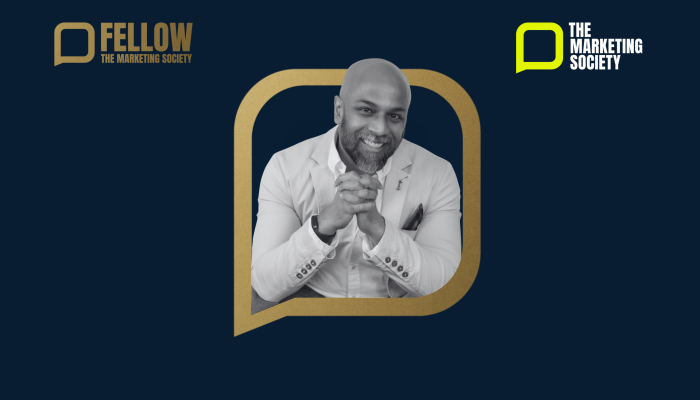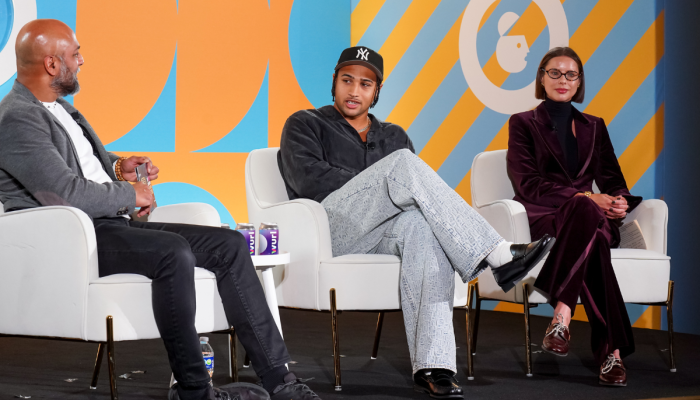In 1977, New York was in crisis.
In the wake of the fiscal crash of the mid-70s, the city had slashed the number of police officers on the beat. Crime spiked, especially on the subways. Gangs of thieves and pickpockets operated at will, ready to commit violence in search of a quick buck. People were scared. Someone had to do something. In the midst of this maelstrom of uncertainty, a new organisation arose. Curtis Silwa, a young man from Brooklyn, decided to do something about it. Like something out of a John Wayne movie, Curtis formed a posse. Recruiting twelve other civically minded and fed up young men, Silwa and his crew would ride the subways at night, offering protection to the terrified passengers of the underprotected transport system.
Having a penchant for the dramatic, Silwa called his team 'The Magnificent 13'. Bedecked in highly recognisable red military berets and tight fitting T-shirts, these men would be quick to throw themselves into a fight, chasing off any would be muggers and performing citizens arrests. Soon, The Magnificent 13 was no longer an appropriate name. The numbers of recruits swelled, made up largely of young men from minority backgrounds and Silwa renamed them 'The Guardian Angels'.
GUARDIAN ANGELS NEW YORK CITY CURTIS SLIWA HISTORY FROM 1979-1999
While police numbers slumped, subway riders were reassured by the karate trained young men who would mostly offer a highly visible presence in stations and in cars, but who would not hesitate to throw a punch to stop a bad guy. There was one story of a group of Angels who stepped in to chase away a gang who were beating up a police officer. New York was captivated.
The Guardian Angels still operate today, in cities around the world. Still a non-profit organisation. Still unarmed but noisy and highly visible. Still standing up for the everyman against those that would wrong them. This was an organisation that sees its role in the world very clearly. It exists to make the world a better place as they see it. It is unafraid to ruffle feathers on its way to doing so. You could say that this organisation has a clear purpose.
'This was an organisation that sees its role in the world very clearly. It exists to make the world a better place as they see it. It is unafraid to ruffle feathers on its way to doing so. You could say that this organisation has a clear purpose.' Nick Geohegan, eatbigfish LA
There is also a word that is often used to describe the Angels: Vigilantes.
I think it’s time we brought some of that vigilante energy to the world of brand purpose. At eatbigfish, we spend all of our days thinking about challenger brands. Brands that are determined to change the status quo and to bring progress to categories and societies (however they want to define progress). We know a thing or two about brands taking a stand for something that they believe in, that being at the heart of every good challenger brand.
Today, we see brands of all shapes and sizes taking up what is commonly known as a 'purpose' - an ethical stance that is meant to go to the very core of the business, supposedly driving all decisions and practices. There are those who would say that all brands need a 'purpose', not just from a moral perspective, but from a need to survive in a world where we see more and more consumers weighing up with social weight of each purchase decision, though I would say that is going too far. As such, with consultants, agencies and insight experts espousing the benefits of purpose, we see more and more taking that plunge.
For many of those that do decide to embrace it, it is clear that the current vogue for 'purpose' at both the level of brand and business is not as liberating or exciting as it might have been thought to be. In this time of social media pitchforks and 'cancel culture', even brands who have no desire to be polemic can get drawn into hot water, even when they aren’t looking for it. What a weird weekend Yorkshire Tea had...
Ethics, beliefs and activism weigh heavy on brands, especially the big ones. Taking a stand on one issue or another naturally puts you on a collision course with someone or something. For big brands built on their ability to appeal to everyone and reliant on their scale to compete, the chance of alienating anyone puts their model in jeopardy. Against that backdrop of controversy and risk, too many brands half-ass “purpose”, and with that, the chance to make any meaningful difference disappears.
In the spectrum of marketing purpose, I would say there are three types of brands.
Firstly, there are NIMBY’s (Not In My Back Yard). These are brands whose purposes are vague and anodyne - designed to give off the impression that they care, but really the strongest action they’ll take is the corporate equivalent of a “tut”, maybe along with a strongly worded letter to the editor of The Daily Mail. For these brands, purpose is an opportunity to hide behind a non-committal statement that’s strung up in their lobbies and on their websites. It’s the box they tick whenever consumer insights tell them that younger generations want to buy from ethically responsible companies. It’s the line the CEO trots out at the shareholders’ meeting while the waiters top up the bubbly. We’ve heard these types of purposes a million times, normally on ads we see in airports or on CNN. Usually involves something about “preparing for a better tomorrow”. Something like that.
'I’ve heard it said that "It’s not a belief until it costs you something", and these beliefs cost them nothing.' Nick Geohegan, eatbigfish LA
The second type of brand is the Boy Scout. These are brands that are desperate to offer a hand here and there in search of a merit badge or two. They want to be seen to be “good”, and as such everything is delivered with a sickly sweet dose of wholesome worthiness. They want us to like them, to say nice things about them. But no-one wants to hang out with a Boy Scout. Boy Scouts are boring. And while they may help old ladies across the street, they aren’t there to create meaningful change. Really, they’re just in it for the good publicity and any goodwill they can generate.
Finally, we get on to the vigilantes - these are the guys we admire at eatbigfish. These are the challenger brands who are putting a stake in the ground for what they believe in, fighting the good fight (as they see it). They are unafraid of offending and they don’t care if you don’t agree with them. For these brands, their 'purpose' is not a nice-to-have for green minded investors or a campaign meant to up their likeability score. It’s designed to be at the heart of their business.
Patagonia’s now iconic “Don’t buy this jacket” advert actually led to a 40% sales uptick over the subsequent 2 years in that very jacket. Why? Because it spoke to something that Patagonia cared deeply about - products that were designed to care for the environment by standing the test of time. More than anything, they are able to make their 'purpose' energetic and interesting so that soon it becomes something that people want to talk about and engage in. 'Having a purpose doesn’t have to be so purpose-y' said Eric Mills, Associate Director of Marketing at Kraft Heinz whose Country Time Lemonade brand decided to pick a fight with archaic laws that were preventing kids from opening lemonade stands.
Tony’s Chocolonely is a chocolate brand from the Netherlands who are enjoying a remarkable period of success. At the heart of the brand is a fight about inequality. Internally, they only use ethically sourced cocoa - in fact, their vision is to force the whole chocolate industry to go '100% slave free'. And to highlight the inequality in the world of chocolate, they’ve made their bars impossible to share evenly. You want an even piece? Well get on and do something about it.
While some of the big homecare brands will talk about wanting to put people or the environment first, Who Gives A Crap?, a wonderful challenger brand in the world of toilet paper, is recruiting people into a mission to build toilets around the developing world, by making people stop and think when they’re on the loo. These brands show that a sense of purpose can be compelling and can lead to fantastic creative ideas.
Let’s bring that to our own categories.
So how do we as brand owners repurpose purpose?
I think we have to start with the word. Purpose is too passive. It leaves too much to a meandering sense that we should get there sooner or later. It lets us plan for the smooth ride, when really the world demands more. We need to bring more fight to the table, a greater sense of urgency and vigour. I propose that when you next sit down with your teams to discuss your brand purpose, you introduce an element of vigilantism to force us to be more direct. Brand purpose allows us to lobby behind the scenes. Vigilantism requires us to be on the streets. Purpose says it’s about the destination. Vigilantism is about the fight. Purpose enables quiet progress. Vigilantism requires a noisey, visible presence. Purpose plays within the rules. Vigilantism ignores the rules, as they clearly no longer work. Purpose is the incumbent’s way of appearing better. Vigilantism is how challengers take on the status quo.
Let’s take it to the streets. See you there.
This article appeared in issue 5 of Marketing Society members' publication EMPOWER. View the archive here.



